Jump to:
Hosepipe ban rules are now in place across part of the UK. If your area is affected and you wish to keep your garden going without facing fines, here’s what you need to know.
What Is a Hosepipe Ban?
![]()

A hosepipe ban is a temporary rule that limits the use of hosepipes on residential properties. It’s declared by water companies during long dry spells when water levels in reservoirs drop. This aims to cut down on non-essential water use so that:
- There’s enough water for daily needs (drinking, cooking, and washing)
- Pressure on reservoirs, rivers, and groundwater sources is reduced
The first hosepipe ban of 2025 has been announced in Yorkshire, as the UK faces yet another stretch of heatwave. It will take effect on Friday, 11 July, and is expected to remain until there’s significant rainfall in the area, as reported by The Independent.
What Are the Hosepipe Ban Rules and What Does This Mean for Watering Your Garden
During the hosepipe ban, you’re not allowed to use a hosepipe connected to your mains water supply. This includes watering your garden or plants with a hose, among other restricted activities, such as:
- Washing your car or cleaning paths and patios with a hose
- Filling paddling pools, hot tubs, or garden ponds through a hose
This, however, doesn’t mean you can’t water your plants. Households are encouraged to use a watering can or a bucket instead. Businesses may also be exempt from this if the usage is related to a commercial purpose (such as a car wash business), but rules can vary, so it’s best to check with your local water provider.
This shouldn’t be taken lightly. Anyone found breaking the rules can be fined up to £1,000! Doing your bit to save water during the ban goes a long way.
How to Water Plants with a Hose Pipe Ban
There are still a few legal and practical ways to care for your plants without breaking the rules, including:
Using a watering can or bucket
This is the simplest workaround. Fill a watering can or bucket from the tap and water your plants by hand. It takes more effort, but it is proven to use significantly less water on average.
Do this early in the morning (around 6 to 8 am) or late in the evening (after 7 pm). Avoid midday when the sun is strongest.
Collecting rainwater where you can
Now is the time to use your water butt or any other rainwater storage system if you have one. You can connect a hose to it only if the water source isn’t from the mains.
This especially works if you’ve already stored rainwater from earlier wet periods. Note that there’s often very little rainfall during or before a heatwave, making it harder to collect.
Grouping your pots together
This is particularly effective for basil, lettuce, and petunias, or any other plant that requires frequent watering. Place them close together in a shaded area. It keeps the space cooler and helps the plants hold moisture longer.
Applying mulch
You can use bark, compost, or grass cuttings to cover the soil and slow down how fast it dries out. You won’t need to water as often, and it can reduce weeds, too.
Are Sprinklers Allowed in a Hosepipe Ban?
No, because sprinklers are considered non-essential and are typically less efficient than manual, precise watering by hand. This includes any type of automatic watering system, even if they have timers or low-flow settings.
Hosepipe ban during a heatwave is manageable with the right approach. We hope some of the watering tips above help give your plants a fair chance. Make small changes where you can!
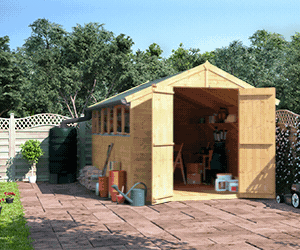

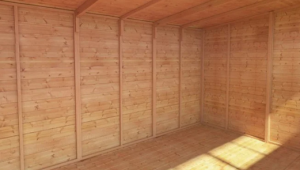


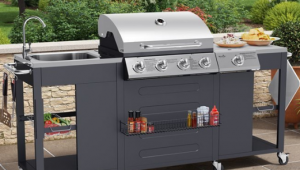
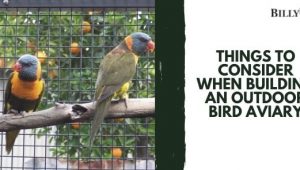

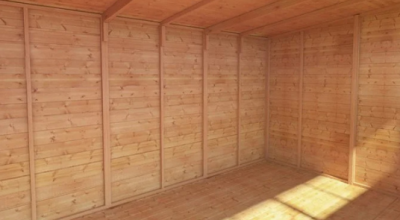
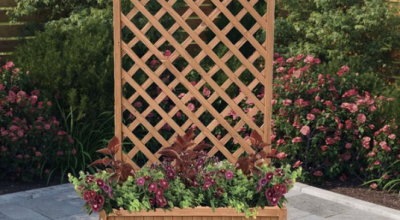

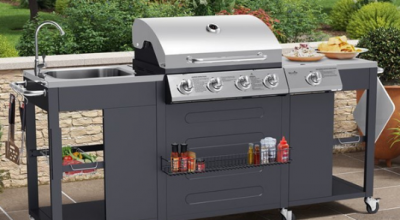

What do you think ?